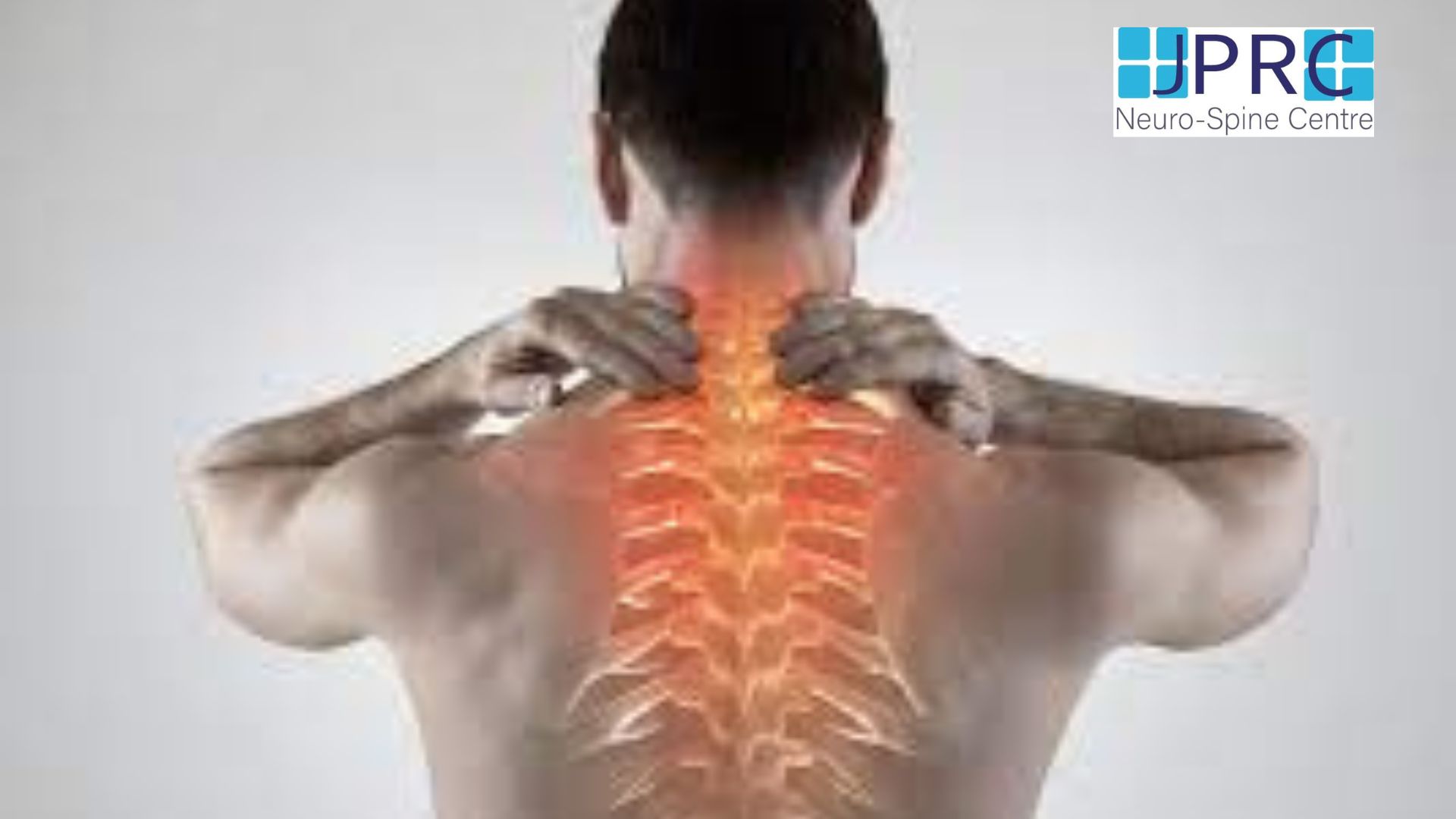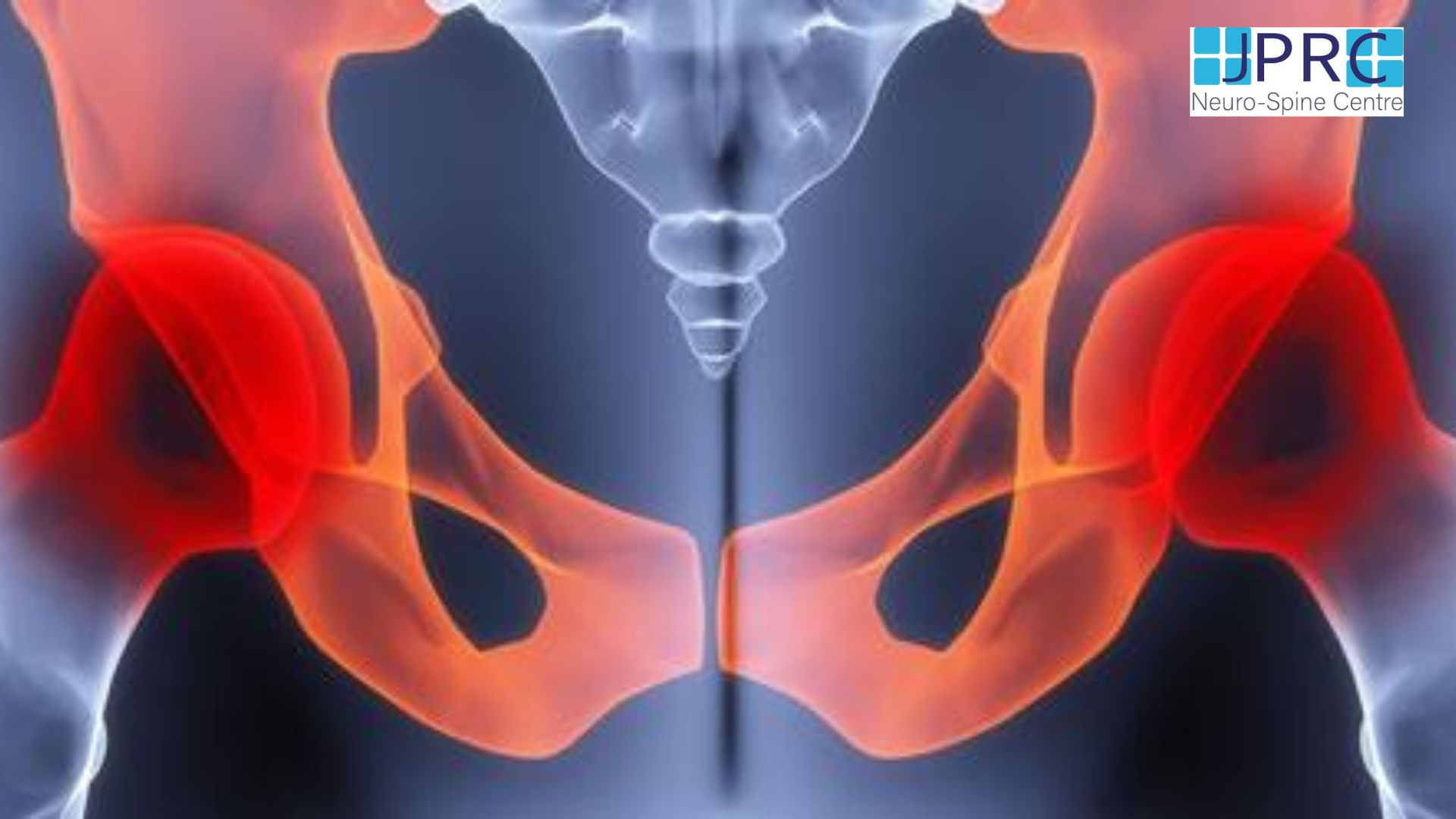Whiplash
Whiplash - Overview
Whiplash is a neck injury caused by a sudden, violent back-and-forth movement of the neck, like whiplash.
Whiplash usually occurs as a result of a collision with a car. However, whiplash can also be caused by a variety of injuries, including sports accidents, physical abuse and falls. Whiplash is also called whiplash or compression injury, but these terms cover different types of neck injuries.
Most people with whiplash get better within a few weeks if they follow an improvement program that focuses on pain relief and training. However, some people may experience persistent neck pain or have other ongoing problems.
What is whiplash?
Whiplash is also known as neck stress. If you have recently been involved in a car accident or other serious accident, you may have suffered whiplash. At this level, your neck and spine can be injured when the roof of your car tips backwards and you are moving forward at breakneck speed. This can lead to back and shoulder pain. Therefore, it is advisable to take this condition into account.
Whiplash involves the cervical spine, or body surface of the neck, inside the spine. The cervical spine is made up of seven vertebral columns (vertebrae). Whiplash causes the neck to rotate back and forth with incredible force. They are designed to work aggressively at the overall range of motion.
Symptoms
Signs and symptoms of whiplash usually appear within a few days of the injury and may include
- Pain and stiffness in the neck
- Pain that worsens with neck movement
- Lack of change in neck movement
- Complications, most often at the base of the skull
- Pressure or pain in the shoulders, back or arms
- Numbness in the arms
- Fatigue
- Dizziness
In some people
- Loss of imagination or ability to predict the future
- Tinnitus (ringing in the ears)
- Sleep problems
- Restlessness
- Difficulty concentrating
- Memory problems
- Despair
The Causes of whiplash injuries include
- Car accidents. The primary cause of whiplash is a rear-end collision.
- Physical violence or assault. Whiplash can be caused by a blow or a push. This is one of many accidents associated with shaken baby syndrome.
- Contact sports. Soccer games and other sports collisions usually cause whiplash.
Diagnosis & Treatment of Whiplash
In most cases, the side effects are short-lived and disappear quickly. In some people, they are mistaken for fixed cervical spine pain, which causes pain for several months or longer periods of time. In order to strategically move away from persistent pain caused by whiplash injuries, it is important to see a specialist as soon as time permits. They will analyze the severity of your injury and decide whether to offer medication to ensure that it does not exacerbate the negative effects in the future.
The medications will depend on the severity of the problem you are experiencing in your body. There is no definitive treatment that proves to be a logical benefit. In this case, the usual method is relaxation and immobilization of the cervical spine. The current trend is to use non-invasive treatments for early growth rather than immobilization, which delays healing.
Pain relief is very important in the early stages of injury. Your doctor may advise you to consider that 24 hours have already passed since the physical injury. At this point, ice can be replaced by heat. The duration of each method should not exceed 20 minutes.
Radio Frequency (rf) one of the best treatment for chronic pain.


































































.jpg)











_Injection_Description_in_Hindi.jpg)



















.jpg)










.jpg)




.jpg)
.jpg)
.jpg)







.jpg)
.jpg)
.jpg)
.jpg)
.jpg)
.jpg)
.jpg)
.jpg)
.jpg)
.jpg)
.jpg)
.jpg)
.jpg)
.jpg)
.jpg)
.jpg)
.jpg)
.jpg)
.jpg)
.jpg)
.jpg)
.jpg)








1.jpg)
1.jpg)

1.jpg)
1.jpg)
1.jpg)
1.jpg)
1.jpg)










2.jpg)
3.jpg)



4.jpg)
1.jpg)
2.jpg)

5.jpg)

6.jpg)




7.jpg)
2.jpg)

8.jpg)

9.jpg)
3.jpg)

10.jpg)

11.jpg)


12.jpg)
4.jpg)






























